Question:1
What specific problems do drivers face at night?
Category : Safety
Question:2
The danger of skidding on a wet road is greater:
Category : Safety
Question:3
What should a driver always do before making left a U-turn?
Category : Safety
Question:4
The auxiliary (parking/hand) brake is used by the driver:
Category : Safety
Question:5
In your opinion, is the truck positioned correctly within the curve?

Category : Safety
Question:6
You are driving in a two-lane one-way street and try to overtake the vehicle driving in front of you. The main risk in deviating to the left is:
Category : Safety
Question:7
What is the distance we are required to keep from the vehicle in front of us while driving?
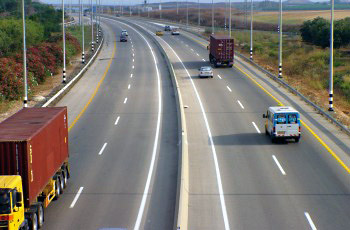
Category : Safety
Question:8
The vehicle coming from your opposite direction (1) started to turn to his left. How would you respond?

Category : Safety
Question:9
How are you required to conduct yourself according to the occurrence that is depicted in the following picture?
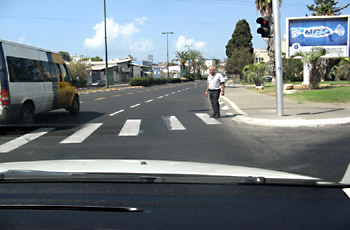
Category : Safety
Question:10
What measure is it important to take before stepping on the brake pedal in order to slow down or to stop?
Category : Safety
Question:11
How would you conduct yourself when approaching the intersection that is depicted in the following picture?
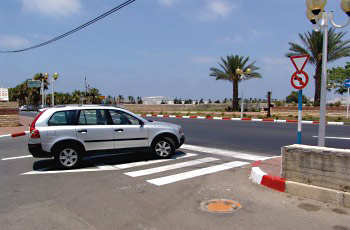
Category : Safety
Question:12
Continuous braking on a winding descent can cause:
Category : Safety
Question:13
What is the driver obliged to do according to the following picture?
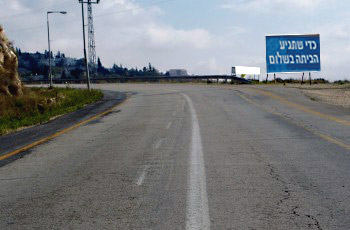
Category : Safety
Question:14
What is the advantage of driving on the right side of the road?
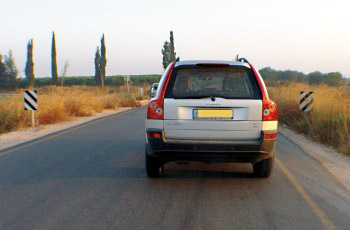
Category : Safety
Question:15
It is prohibited to start overtaking without verifying
Category : Safety
Question:16
What is the main risk of driving in reverse?
Category : Safety
Question:17
How would you behave on the road ahead?

Category : Safety
Question:18
What is the relation between the vehicles speed and the vehicle’s stopping distance?
Category : Safety
Question:19
When a driver approaches a narrow bridge, he should:
Category : Safety
Question:20
How can we minimize the risk of brake loss while driving on a mountain road?
Category : Safety
Question:21
Why is it required to drive in low gear on a steep descent?
Category : Safety
Question:22
Braking distance is the distance the vehicle passes?
Category : Safety
Question:23
Does a-can of beer have a lesser effect on a driver compared to a whisky shot?
Category : Safety
Question:24
What is the correct way for pulling onto a “hard shoulder” which is lower than the road?
Category : Safety
Question:25
Is there a connection between the driver’s judgment and the use of drugs and alcohol?
Category : Safety
Question:26
How would you respond to the situation depicted in the following picture?
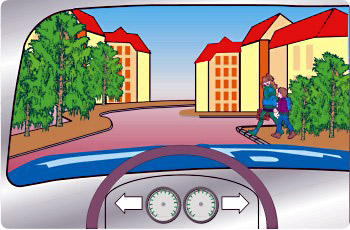
Category : Safety
Question:27
What is the effect of driving at a high speed during an accident?
Category : Safety
Question:28
What are the most important conditions in order to safely pull onto the “hard shoulder”?
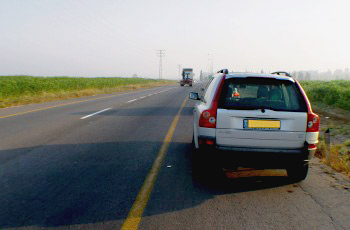
Category : Safety
Question:29
What is the advantage of driving at a low speed during dangerous situations?
Category : Safety
Question:30
Why is it important to drive on the right side of the road?

Category : Safety

